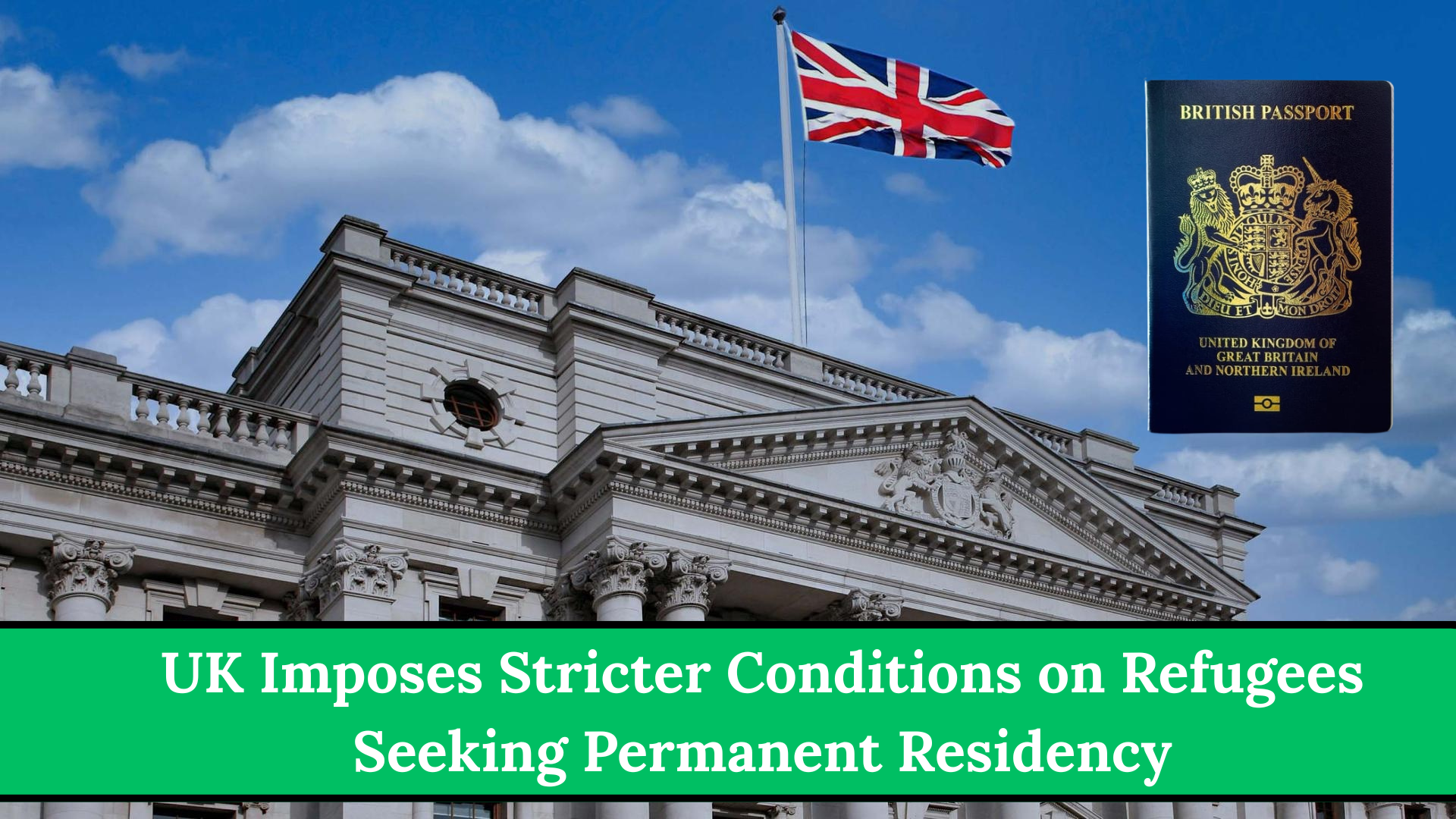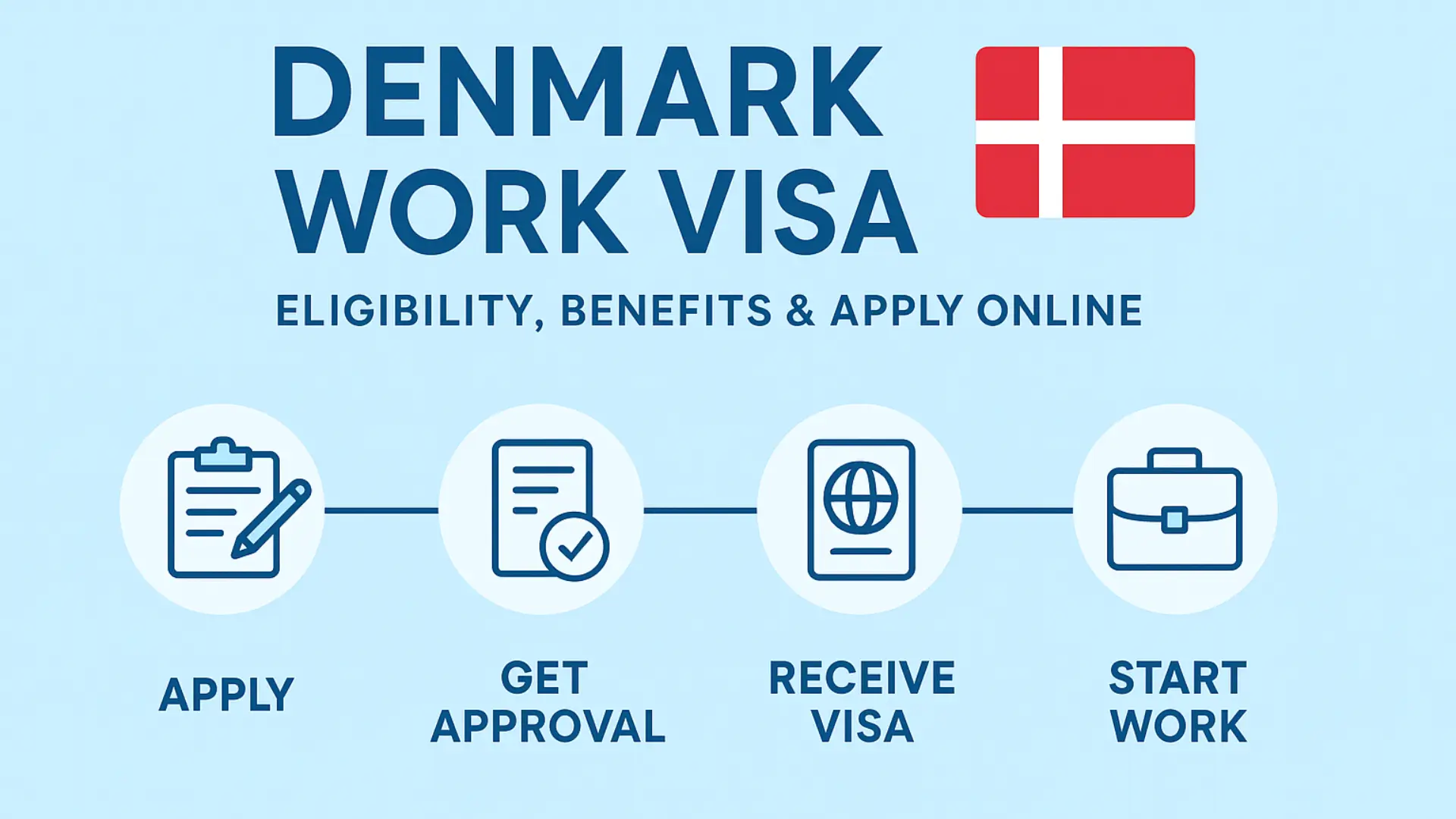UK Imposes Stricter Conditions on Refugees Seeking Permanent Residency. The United Kingdom has introduced significant reforms to its asylum and refugee system in 2025. Under the new rules, refugees will face stricter conditions, temporary protection status, and a drastically longer pathway up to 20 years before they can qualify for permanent residency. These changes reflect the government’s tougher stance on immigration amid rising political pressure and concerns over irregular migration.
New UK Refugee Policy: What Has Changed?
The Labour government unveiled a major overhaul of the asylum process, aiming to curb illegal small-boat crossings and address public concerns around border security. According to the Home Office, elements of Denmark’s strict asylum model have been incorporated into the new UK framework.
Key policy changes include:
- Refugee status becomes temporary, not permanent
- Permanent residency now requires 20 years
- Status reviews every 2.5 years
- Financial support restricted to refugees who work or follow UK laws
- Stricter enforcement on individuals committing crimes or refusing employment
Temporary Refugee Protection: Status Reviewed Every 2.5 Years
One of the most significant changes is the shift from long-term refugee protection to a temporary and conditional model.
Under the new rules:
- Each refugee’s case will be reviewed every 30 months.
- If conditions in the refugee’s home country improve and are deemed safe, the UK can revoke refugee status.
- Refugees must demonstrate continued compliance with UK laws and integration requirements.
This marks a major departure from the previous system, where refugees were typically granted settlement after five years of continued residence.
Financial Support Only for Those Who Work or Contribute
The government will now limit housing and weekly financial allowances to asylum seekers and refugees who:
- Are actively working or seeking employment
- Demonstrate willingness to integrate
- Comply with UK laws
Those who will lose government support:
- Individuals who refuse to work despite being able to
- Refugees or asylum seekers who commit crimes
- Those who fail to engage in integration programs
Officials stated that public funds should “support people who contribute to the economy and society,” shifting away from unconditional financial assistance.
Political Pressure and Public Concerns Behind the Reform
The reforms come amidst:
- A surge in illegal small-boat crossings in the English Channel
- Increasing public debate over asylum costs
- Rising support for the anti-immigration Reform UK party
The Labour government has responded by tightening immigration controls while maintaining commitments to international human rights standards.
Home Secretary Shabana Mahmood’s Position
Home Secretary Shabana Mahmood confirmed that the government is ending the practice of granting settlement after five years. She emphasized that the previous system was no longer sustainable and did not reflect the challenges currently facing the UK.
Mahmood is expected to outline additional reforms, including:
- Updated guidance on Article 8 of the European Convention on Human Rights
- New criteria for assessing family life and private life claims
- Additional restrictions to discourage irregular migration
These updates are part of a broader policy shift aimed at reducing “pull factors” that encourage illegal entry into the UK.
What These Changes Mean for Refugees
The reform significantly increases the responsibilities and scrutiny on refugees living in the UK. Key impacts include:
Longer Path to Settlement
Refugees will need to wait up to 20 years before applying for permanent residency.
Frequent Status Reviews
Protection is no longer guaranteed—each case will be reassessed regularly.
Conditional Financial Aid
Only refugees contributing positively to society will remain eligible for government support.
Stronger Removal Powers
Authorities can remove individuals once their country of origin is considered safe.
Conclusion
The UK 2025 refugee reforms introduce one of the strictest asylum systems in Europe, with temporary protection, reduced financial support, and a 20-year wait for permanent residency. These policies reflect the government’s firm immigration stance driven by political pressure, border concerns, and public sentiment.
As the Home Office prepares to release further guidance—including changes related to Article 8 human rights protections—refugees and immigration advisers will need to follow updates closely to understand the full impact of these changes.


















